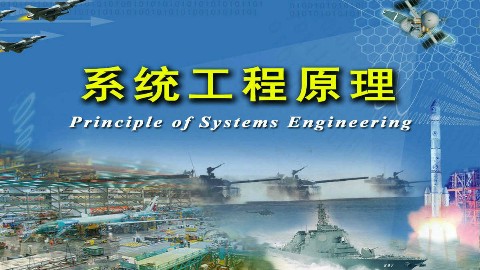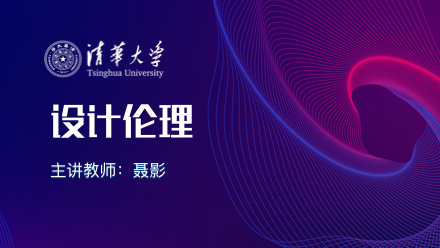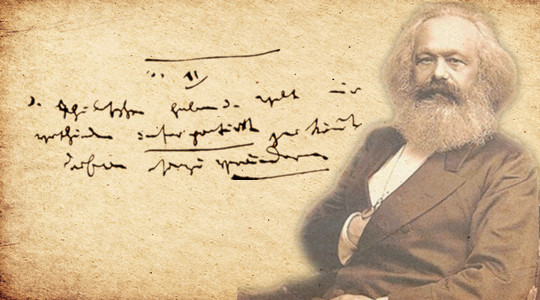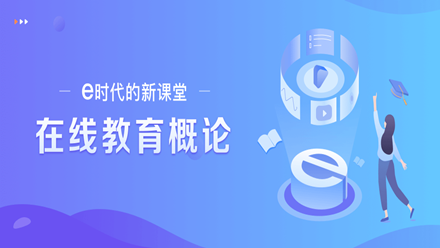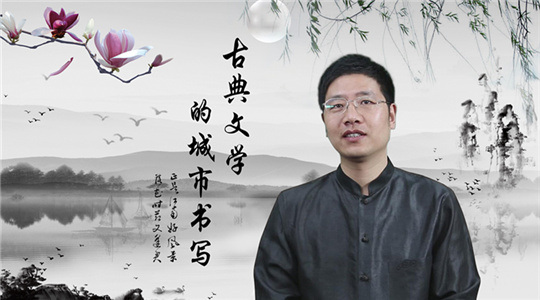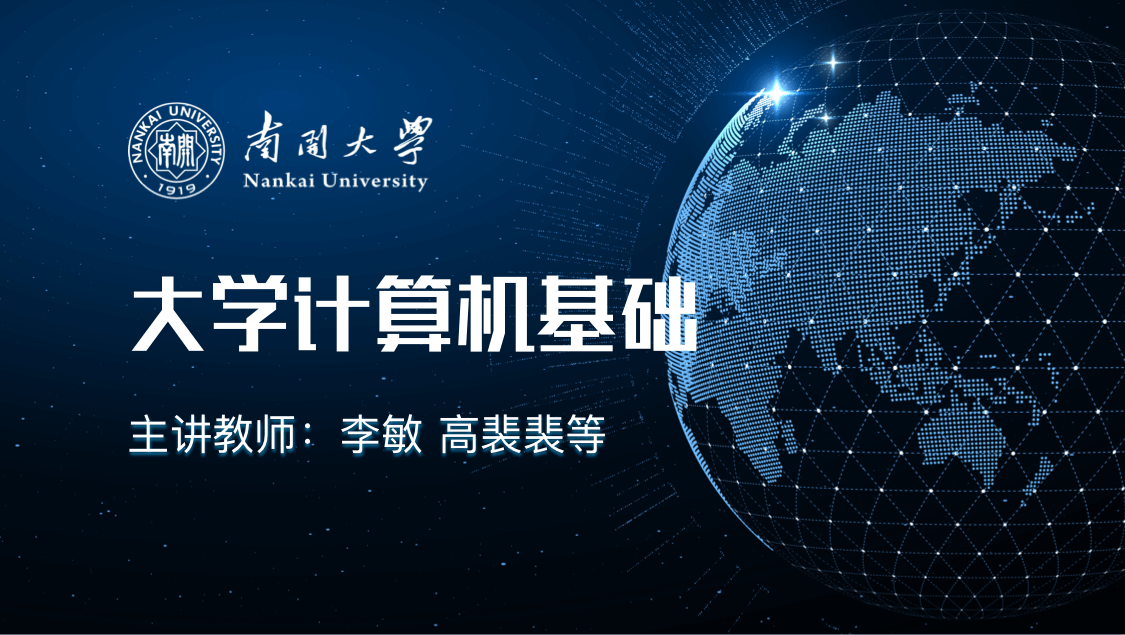
当前课程知识点:e时代的新课堂——在线教育概论 > 第二章 为什么做在线教育 > 2.2.6自主学习系统的案例分享 > 2.2.6自主学习系统的案例分享
刚才吴老师从各个不同角度
Just now, Mr. Wu comprehensively introduced
全面的跟我们介绍了一下
the needs of for online learning to us
在线学习的这种需求
from different perspectives.
那接下来
In the following segmentpart,
我还是要有请吴老师
I would like to invite Mr. Wu to
给我们分析一个
analyze a typical learning case
典型的在移动互联网情况下
in the typical background of
这种学习的这种案例
mobile internet.
其实就是一个典型学习模式的案例
In fact, it is a case involving of a typical learning model.
这个案例也是我自己做的一个课题
This case is also a project I have have workeded on.
然后在我们一个非常大的一个出版社
In a very big publisher,
基础教育出版社里面
Basic Education Press,
它用的一个系统非常好
a good system is used.
用户数也是非常多
There are a lot of users.
它是一个面向移动互联网的
It is a mobile- internet-based
它体现的是一个自主学习的系统
and autonomous learning system.
那也就充分体现了我们讲的
It fully reflects
这种交互式
interactive learning
或者是我们讲的
or the blended method of learning
混合式这种项目方式学习的
on projects.
它是怎么样的呢
What is it like?
它是一个面向移动互联网的
It is a mobile- internet-based
是一个个性化的这个系统
and personalized system.
它是把传统的纸质的这种我们书本的
It combines the traditional way of learning from
这种的学习
printed books
然后跟我们的互联网的通过手机PAD
with using the internet through smart phones
这种方式的连接起来
or tablets.
这两个结合起来
The two aspects are combined.
那因为这个项目当时我们是14年做的
We carried out the project in 2014.
那时候还没有互联网+的这个概念
Back then, the concept of Internet Plus hadn't appeared yet.
那就是O2O的这种方式
Instead, O2O was used.
那实际上就是一个典型的
In fact, it was a typical
我们叫互联网+的这种学习模式
learning mode of Internet Plus,
能够把传统的这个纸质的
which can combined the traditional way of learning from textbooksprinted books,
比如讲我们非在线的这种方式学习
for example, the offline way of learning,
通过网上的在线的这样把它结合起来
with online learning.
那这个方面就提供了
In this regard,
我们做了一些技术
we provided some technologies.
比如像采用大数据和学习分析的技术支撑
For example, by adopting applying big data and learning analysis as technical support,
能够研究在学习过程中的学习的
we can could study students' learning behaviors
他的学习行为情况怎么样
during the learning process.
比如讲我们看看
For example,W we can could find out
这门课他的学习过程中难点是怎么样的
what the difficulties they had points are during the process of learning the course.
那难的过程中
And then,
我们可能反馈过来对那个习题
in feedback, teachers would talk morewe may get the feedback that the teacher
老师有讲的深度就更深一点
should talk about those difficult exercises more deeply.
另外还有看看学生的
Besides, we can could find out
他的学习的时间分布情况
the distribution of students' learning time.
那这个里面我们通过一些数据可以分析
From the data, we can could make analysis.
另外还有一个
In addition,
就是我们把它学习内容的个性化
we personalized the learning contents.
有的学生比如像这个
For example, when some students
这些它学会了
have mastered the materials,
他就不要就是网上去看
they don't need to watch
这个教师的那次讲课的东西
the teacher's lecture online.
那这个里面
So, in this regard,
我们就解决了两个方面的精
we achieve two kinds of accuracy.take two aspects into consideration.
一个解决就是我们的
One is the crème de la crèmeessence
教学的内容层面上的精品
of teaching contents.
就是我们老师
That is,
特级教师来讲这个比较精的问题
Special- grade teachers explain representative questions.
另外还有一个
In addition,
因为老师讲到学生的掌握还是有距离的
there is still distance between the teachers' lectures and students' mastery.,
那我们通过这个精准的教学服务
Sso through accurate teaching services,
两个结合起来
we combine the two.
也就是说
That is to say,
这个内容怎么很好的给学生来服务
hHow do we make the content better serve students?
那就体现了个性化学习
That embodies personalized learning.
比如学生对前面知识掌握了
For example, if students have mastered the knowledge,
他不必要再花时间了
they don't need to spend time on it.
那这个系统就是很好的把它结合起来
The system is a good combination.
那这个就体现我们讲
That shows a new learning model
移动互联网的新的学习模式
based on mobile internet,
那这也就是我们叫互联网+的这个模式
which is also we called the model of Internet Plus.
那么我们看看下面这张图
Let's take a look at the diagram.
这张图就是非常经典的
This is a very classic diagram,
因为这个例子我们选择的是
because we chose an example
基础教育的里面的一个例子
of basic education.
这里面我们看的第一个步骤是
We can see that the first step is about
传统的比如讲我们的一些教材
traditional teaching materials
或者教辅里面
or supplementary teaching materials.
比方一本的一课一练里面的
Take the difficult questions
比较难的题目
in "One Lesson One Exercise" as an example.
特别是我们看
We can see that
做教辅或者是这个练习的题目里面
when doing exercises in the teaching materials,
学生碰到一些情况
students come across certain situations.
比如讲这个题目会做了
For example, if they can solve the problem,,
答案根本就不会看不要看了
they don't need to look at the answer at all.
第二个也不会做
Another The second case situation is that when they can't solve a problem,
他看了答案也明白了
they can understand it after seeing the answer.
还有一种情况
There is the another possibilitysituation.
不会做或者做错了
If they fail to solve the problemcan't complete it,
看了答案不明白也没办法解决
after they see the answer, they still don't understand and have no way to solve the problem.
那在传统中我们就没法解决
We can't solve the problem in a traditional way.
但是现在我们通过互联网+的这种方式
However, through Internet Plus,
把难的或者不会做的那些题目
we can make micro videos
我们通过把它做成微视频
to explain those difficult questions or exercises students can't solve,do,
通过慕课的方式放在平台上面
and put them on the MOOCs platform.
那学生如果不会的时候
WhenIf students can't do the exercise,
他就通过二维码一扫
they can scan the QR code
他的手机或者PAD一扫
with their mobile phone or tablet,
他就可以听到了
and then they can listen to
这个特级教师能够讲解的这个题目
the special-grade teacher's' lecture explanation on the exercise.
而且有多种方法来讲的这多种方式
MoreoverAnd there are, many ways of methods are explanationined,.
不同的解题方式
dDifferent ways of solving problems.
那就提供了我们给学生的
So such a personalized way of learning
这样的一个
is provided
就是个性化的一个学习的一种方式
for to the students.
这样也使我们的传统的
This makes our traditional
教学的媒体也发生变化了
teaching media change.
包括我们现在的慕课课程你看看
Nowadays, the teaching media, including the MOOCs, as you can see,
有非常丰富的面
are rich with contentdiversified.
既有纸质的也有在线的
There are printed and online materials.
在线里面有有文本的有视频的
Among the online materials, tThere are online texts, videos
有有声音的
and audio recordings.
不光这样还有互动的这种方式
Additionally, there is interaction.
那这个就是提供了
So in this way,
我们学生的就是我们前面讲的
students' different learning styles,
不同的学习风格
as we have talked about before,
这里非常好的能够体现出来
can be well reflected well.
也就为学生提供一个个性化的
And students are provided with a personalized,
自主学习的一个系统
autonomous learning system.
刚才吴老师给我们介绍了一个
Just now, Mr. Wu introduced a typical case
典型的基础教育的这样一个案例
of basic education.
其实吴老师
Actually, Mr. Wu,
高等教育也是差不多的
higher education is similar.
刚才虽然说您这个案例这个图
Although the diagram we saw just now
是基于您做过的
is based on your research project
基础教育方面的研究项目来画的
on basic education.,
但是您也提到了慕课
Yyou also mentioned MOOCs.
就基础教育和高等教育
In fact, basic education and higher education
其实它们中间有很多共同的部分
have a lot in common.
我们提的精准服务
As for the accurate services,
吴老师
Mr. Wu,
我想您指的可能是这种
I think, you may be referring to
系统自动的这种精准服务
the automatic accurate service of the system.
当然在高等教育中在慕课中
Of course, in the MOOCs for higher education,
很多精准服务呢我们是通过
many accurate services are realized through
老师和助教和学生在线互动来达到的
online interaction between the teachers/teaching assistants and students.
但是我好像知道基础教育中
But I seem to know that in basic education,
很多系统会给学生提供
many systems provide students with
比较好的自动化的这种精准服务
good, automatic accurate services.,
也就是智能化的这种精准服务
That is, intelligent accurate services.
这个确实是非常好的一个特点
This is really a very good feature.
在我们这门整门课中
In this course,
有很多慕课 雨课堂的
there are many cases of MOOCs and Rain Classroom
这种高等教育的案例
for higher education.
那么在这节课中
In this lesson,
吴老师给我们带来了
Mr. Wu provided a case
一个基础教育的案例
of basic education,
这个真是非常好
which is really good.
可以使我们使用慕课的老师
Teachers using MOOCs
来借鉴一下
can learn something from it.
因为使用慕课的老师
Because perhaps most teachers
可能大多数情况下是
using MOOCs
在做这个高等教育职业教育
engage in higher education or vocational education.
实际上基础教育里面的微课
In fact, micro-lectures or online learning platforms
或者说在线学习平台
of basic education
也有它自己独到的特点
have their own unique features
是值得我们来借鉴的
and they are worth learning from.
-混合式教学该怎么做?与清华老师一起聊聊
-看清华老师如何进行大班混合式教学
--Video
-如何做好混合式课堂的互动
--Video
-与清华大学老师聊聊慕课独特的教学设计
-“挑战60s”授课短视频大赛
--Video
-与清华大学老师聊聊慕课的制作与运营
--Video
-1.1在线教育发展现状
--html
-1.1.1在线教育带来了e时代的新课堂
-1.1.2师生说
--1.1.2师生说
-1.1.3我国在线教育的特点
-1.2什么是在线教育
--html
-1.2.1概念解析
-1.2.2教育的技术发展史
-1.2.3在线教育的五要素模型
-1.3在线教育对教师的机遇与挑战
--html
-1.3.1机遇篇
--1.3.1机遇篇
-1.3.2挑战篇
--1.3.2挑战篇
-1.4在线教育发展的历史
--html
-1.4.1二十世纪的发展
-1.4.2二十一世纪的发展
-1.4.3在线课程三要素
-1.4.4虚拟教育组织
-1.5课程内部体系和外部关系
-第一章 解读在线教育--单元习题
-讨论题
-2.1数字时代带来教育变革
-2.2在线教育更适应学生的学习需求
--html
-2.2.1教育需求的发展
-2.2.2学习风格与学习类型
-2.2.3多模态数据分析学生学习行为与需求
-2.2.4教育目标
-2.2.5拓展学习时空,促进深度学习
-2.2.6自主学习系统的案例分享
-2.3在线教育帮助教师成长
-2.4学校和国家为什么要做在线教育
-单元习题--作业
-3.1高等学校在线教育发展
-3.1.1学校现状
-3.1.2平台与联盟
-3.2不同类型的教师都能得益于混合式教学
-3.3混合式教学的好处
-3.3.1当前的教学问题
-3.3.2教师和学生的收益
-3.4混合式教学的关键细节与常见误解
-3.4.1关键细节一
-3.4.2关键细节二
-3.4.3关键细节三
-3.4.4误解篇一
-3.4.5误解篇二
-3.5智慧教学工具的发展
-3.5.1综述篇
--3.5.1综述篇
-3.5.2雨课堂的诞生
-3.5.3雨课堂的功能
-3.5.4课堂教学需要雨课堂
-3.5.5雨课堂解决面授时间紧张的问题
-3.5.6雨课堂解决课前课中课后的学习效果问题
-3.5.7课前课中课后雨课件设计要点
-第三章 高校在线教育进行时--单元习题
-讨论题
-讨论题
-4.1教育实践的展望(一) 教育创新
-4.2教育实践的创新(二) 教育技术与决策
-4.3教育理论的热点趋势
-第四章 在线教育的未来--单元习题
-讨论题
-5.1邓俊辉老师《数据结构》与《计算几何》教学案例
--html
-5.1.1慕课制作与使用心得(一)
-5.1.2慕课制作与使用心得(二)
-5.2张瑜老师《思想道德修养与法律基础》教学案例
--html
-5.2.1教学理念与混合式教学的主要环节
--Video
-5.2.2章节实例
-5.3杨芳老师《大学英语》教学案例
--html
-5.3.1混合式教学设计心得
-5.3.2 University单元教学设计
-5.4于歆杰老师《电路原理》教学案例
--html
-5.4.1小容量班级完全翻转课堂
-5.4.2大容量班级部分翻转课堂
-5.5郑莉老师《C++语言》教学案例 雨课件样例及校内教学心得分享
--Video
-单元习题--作业
